Friends, I suggest we continue exploring the Moscow museum-reserve "Kolomenskoye". As a reminder, in our previous material, we strolled through the estate park, and today we are going to visit the palace of Tsar Alexei Mikhailovich.
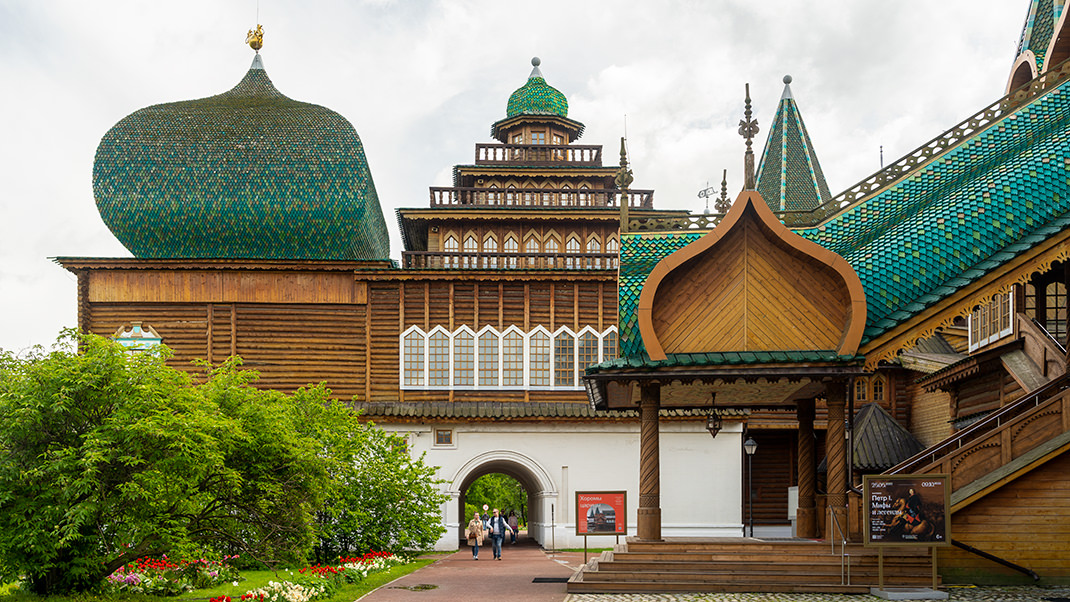
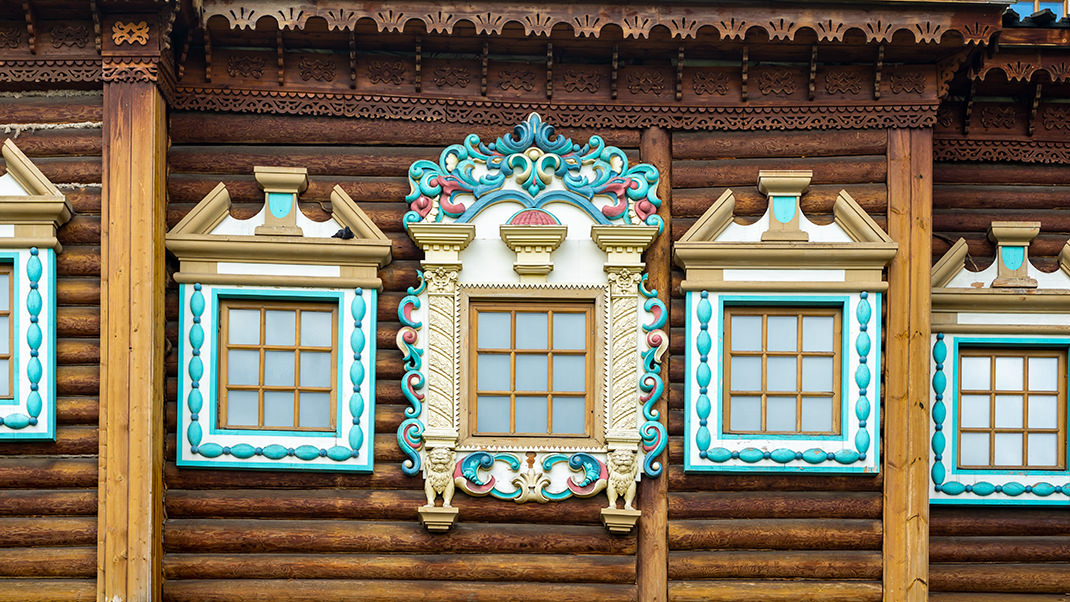
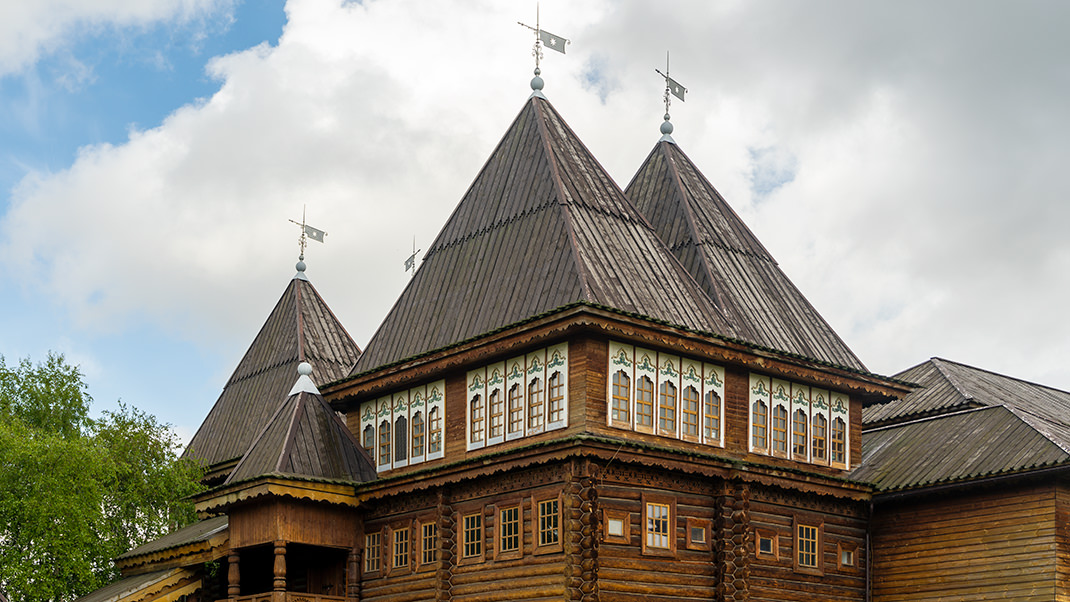
How to go on a Tour
Entry to the territory of "Kolomenskoye" is free. Visiting pavilions is paid separately. As of today (June 2022), the cost of a comprehensive ticket for the female and male parts of the palace on the "Kolomenskoye" website is 600 rubles.
The museum-reserve's exhibitions are open from 10:00 AM to 6:00 PM. The nearest metro station to the palace is "Kashirskaya".
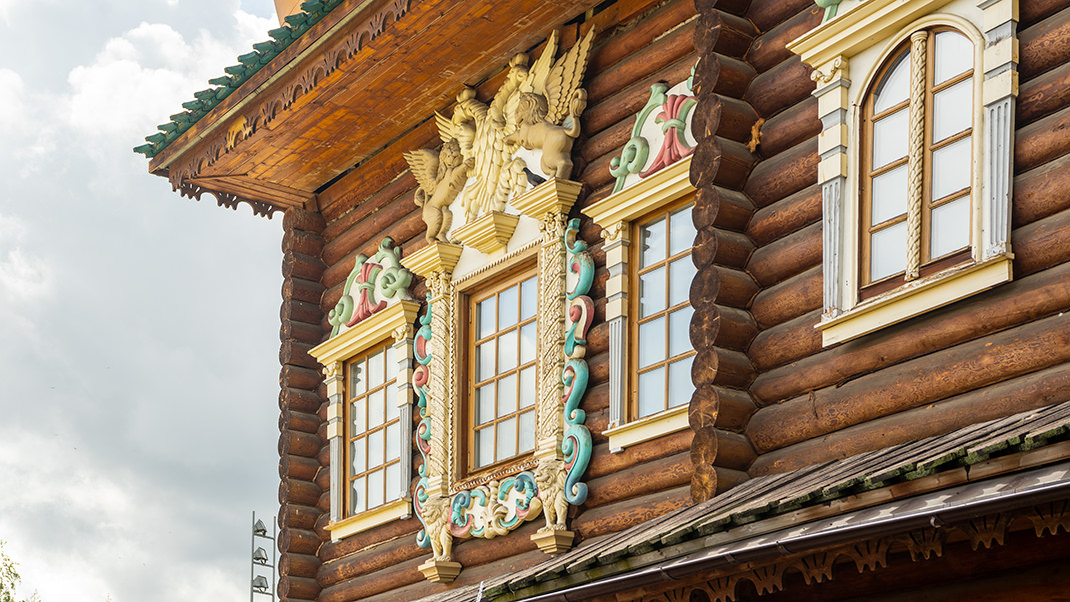
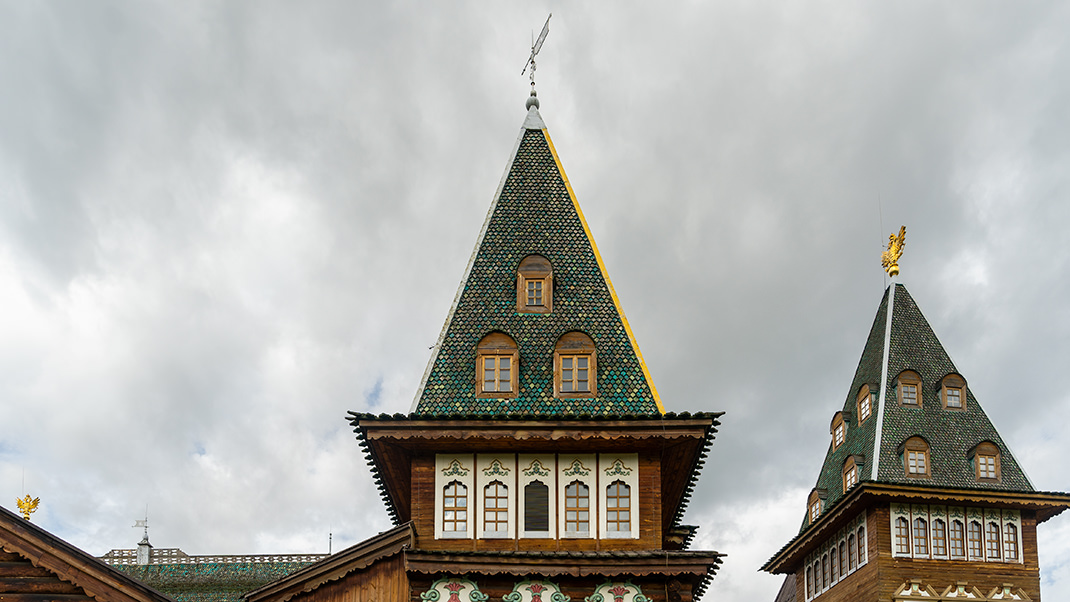
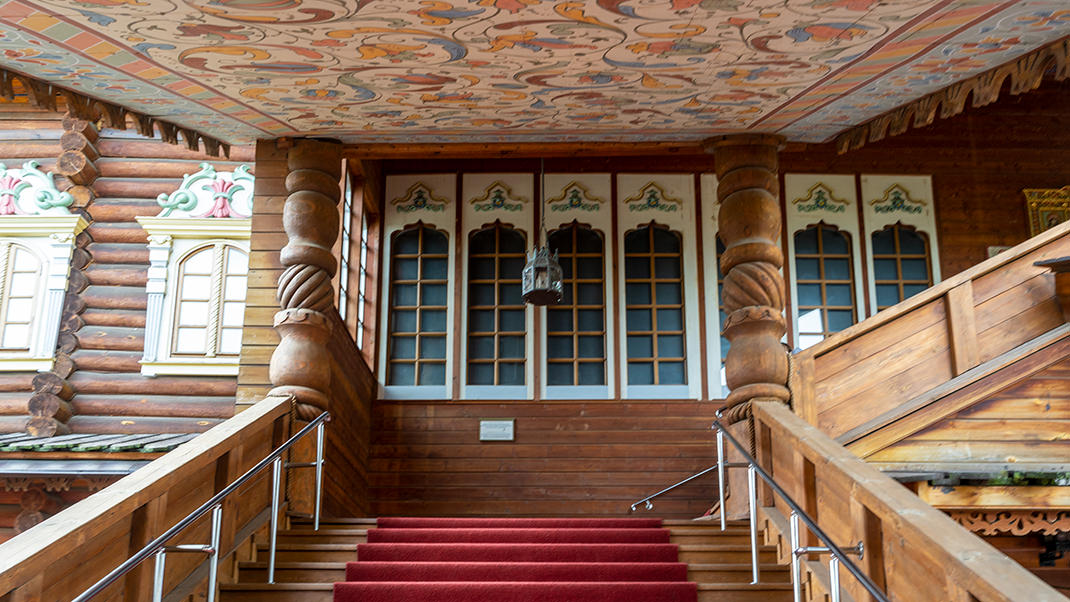
A Bit of History
The construction of the palace in Kolomenskoye, the favorite summer residence of the first rulers from the Romanov dynasty, began in May 1667. The complex, built during the reign of Alexei Mikhailovich, is the most famous ceremonial structure of the estate, but before it, there were other buildings here. In various sources, I found mentions, for example, of the palaces of Ivan the Terrible and Mikhail Fyodorovich.



The construction of the main house of the royal residence lasted six years. The wooden palace consisted of many separate towers and chambers connected by passages and porches. In total, the building, divided into male and female halves, had 270 rooms and 3000 windows. The residence was intended not only for the monarch's rest; foreign ambassadors were received here, meetings with boyars and clergy were held.
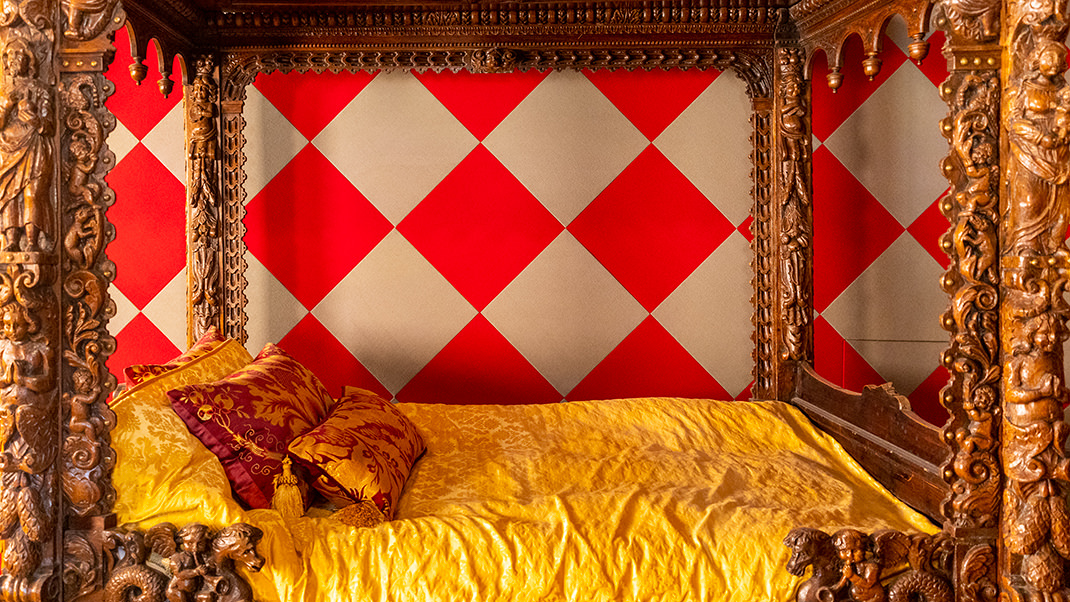


After the capital was moved to St. Petersburg, the palace began to deteriorate. In the 1760s, already during Catherine II's reign, there were plans for its restoration, but eventually, it was decided to dismantle the old building. At the same time, a new palace building was erected, though in another location, closer to the riverbank.
Catherine II's palace suffered during the Patriotic War. Her grandson, Alexander I, ordered the construction of another ceremonial building in Kolomenskoye, but only a small pavilion in the Empire style has survived to this day.
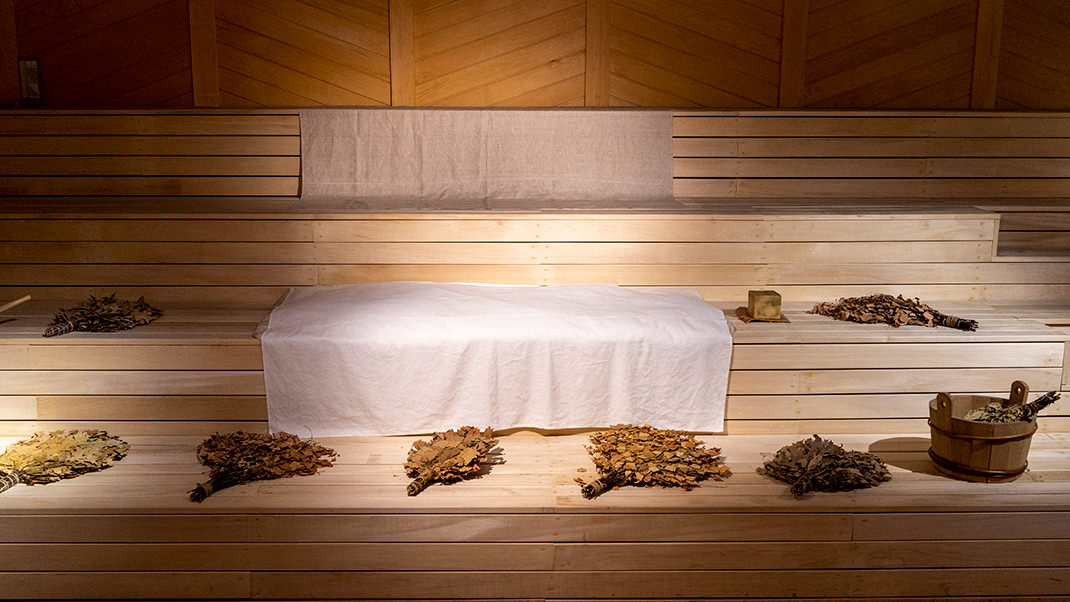
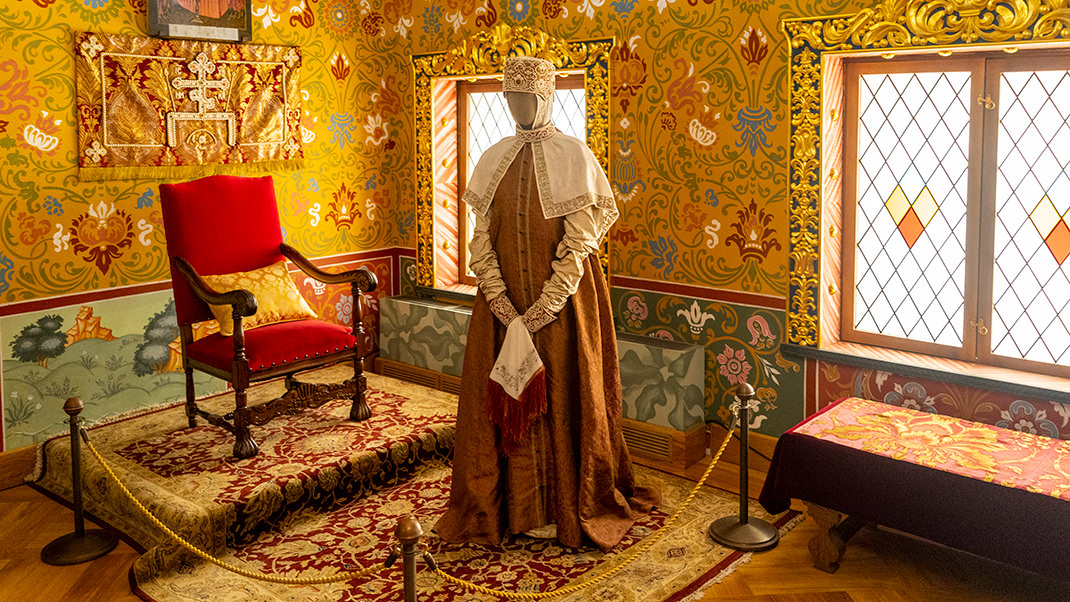
The palace building that we see on the museum-reserve's territory is the result of reconstruction that began in 2007. The restoration of the building was carried out in accordance with the surviving drawings, images, and measurements. About 200 people were involved in the work to recreate the old royal residence, and the grand opening of the museum complex took place in 2010. It is worth noting that now the palace is not located at its historical site.
Today, visitors to the museum complex have access to a variety of guided tour programs. In addition to visiting the palace, guests can explore numerous historical exhibitions or climb the observation tower of the palace.


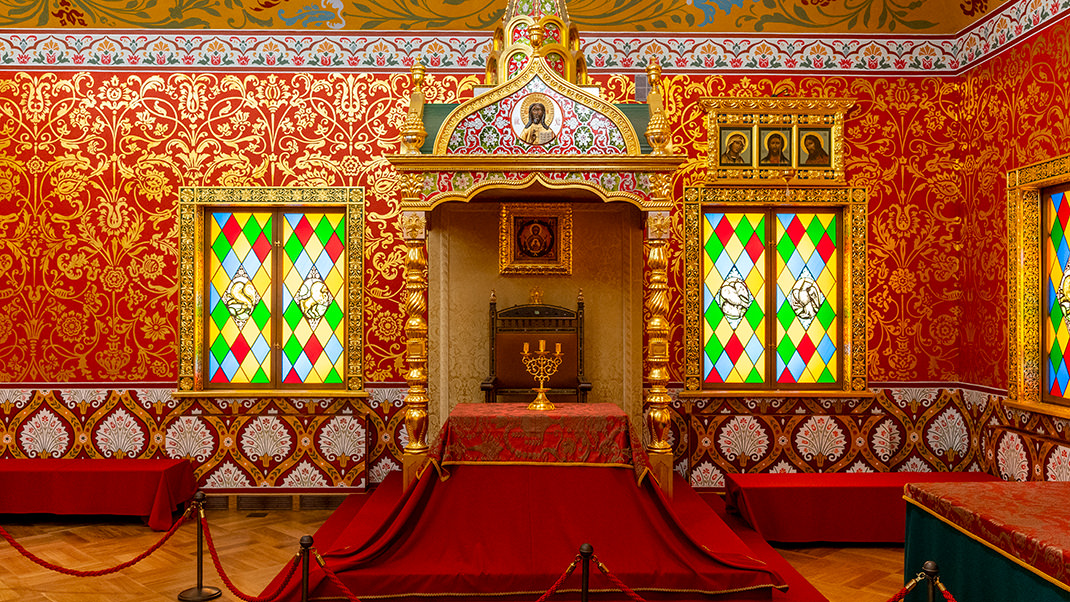

Here I finish my brief story. The next material about Moscow will be devoted to the Tsentrosoyuz building, built by the famous architect Le Corbusier.
Have a nice trip!






